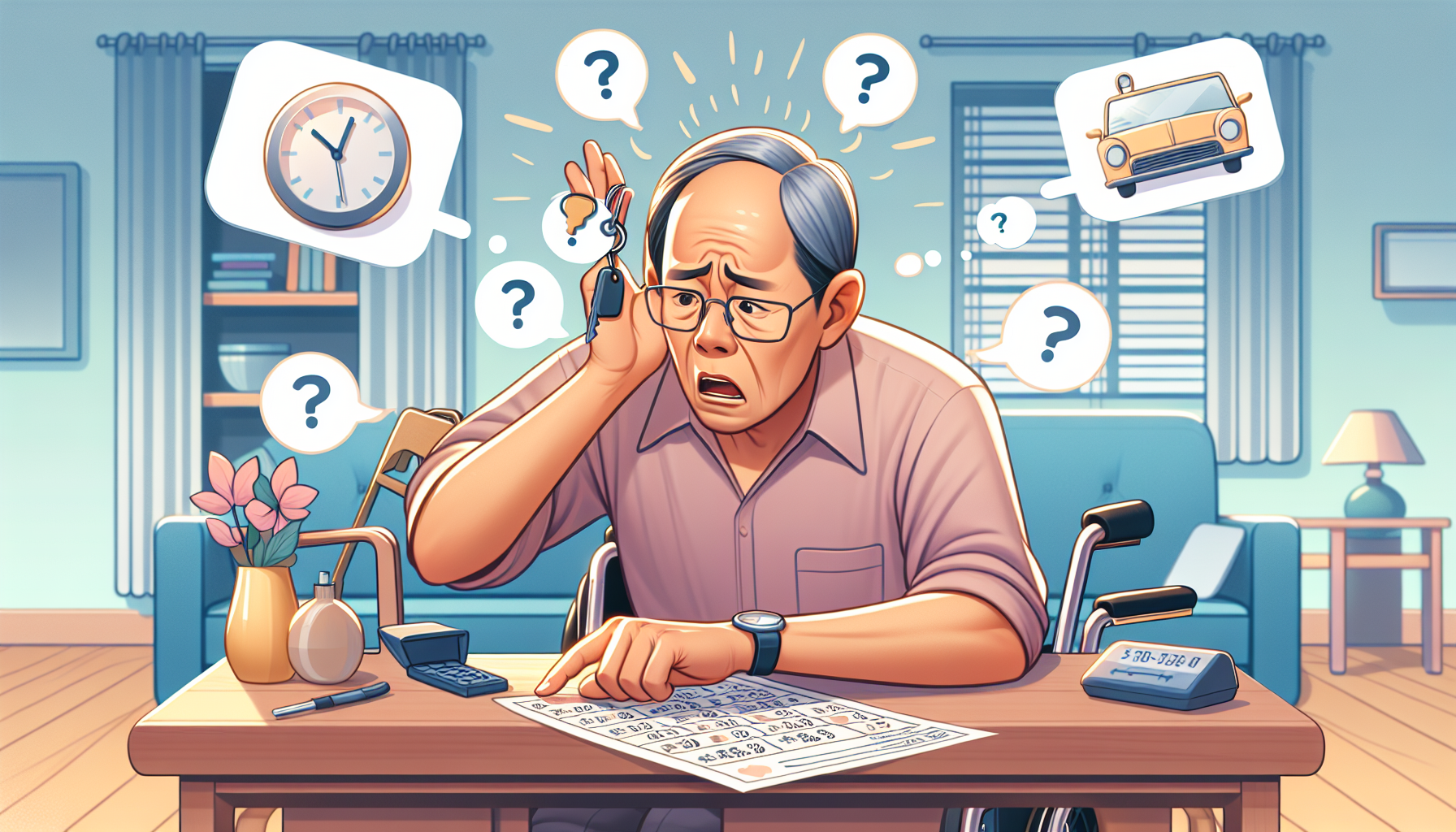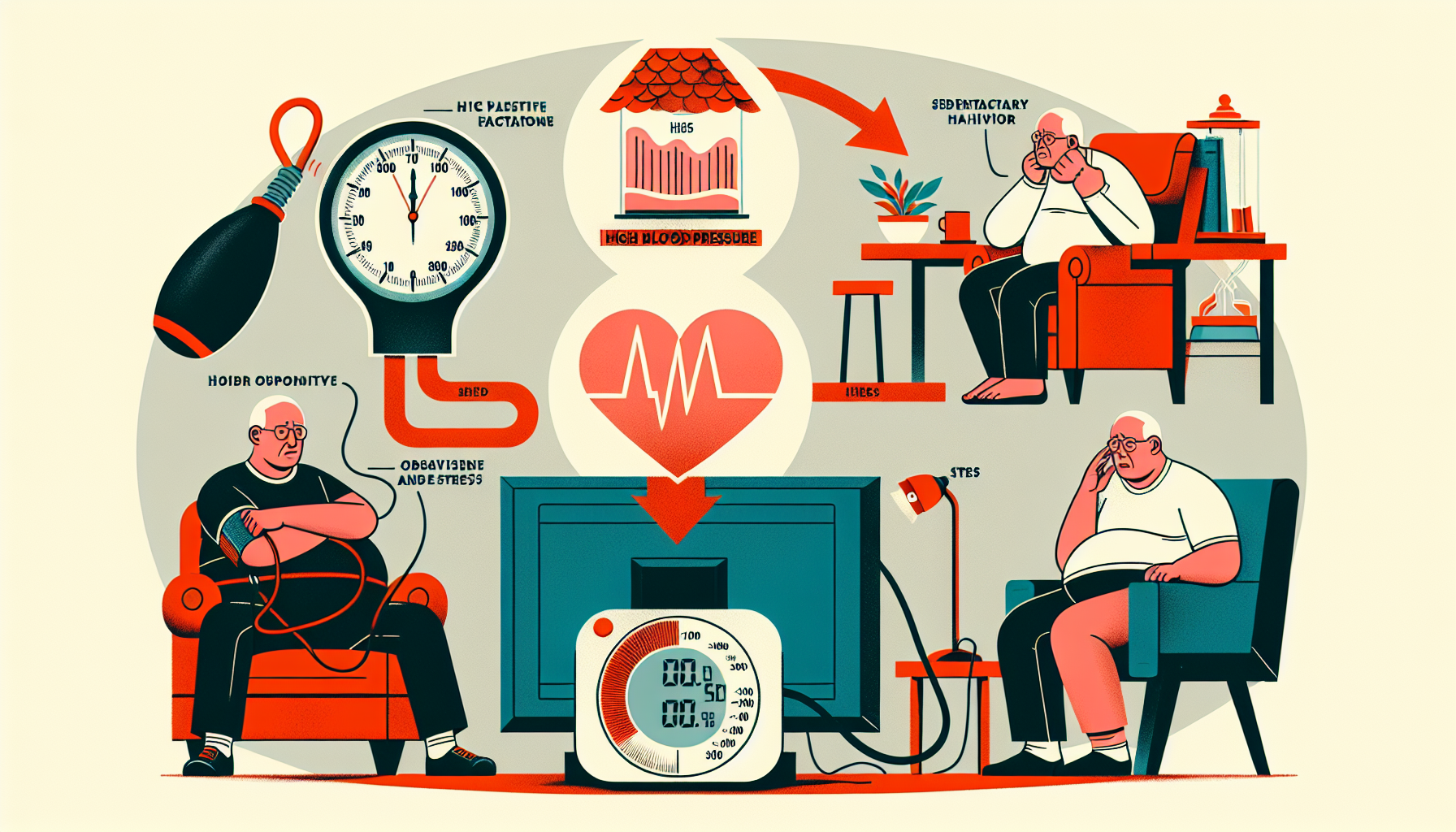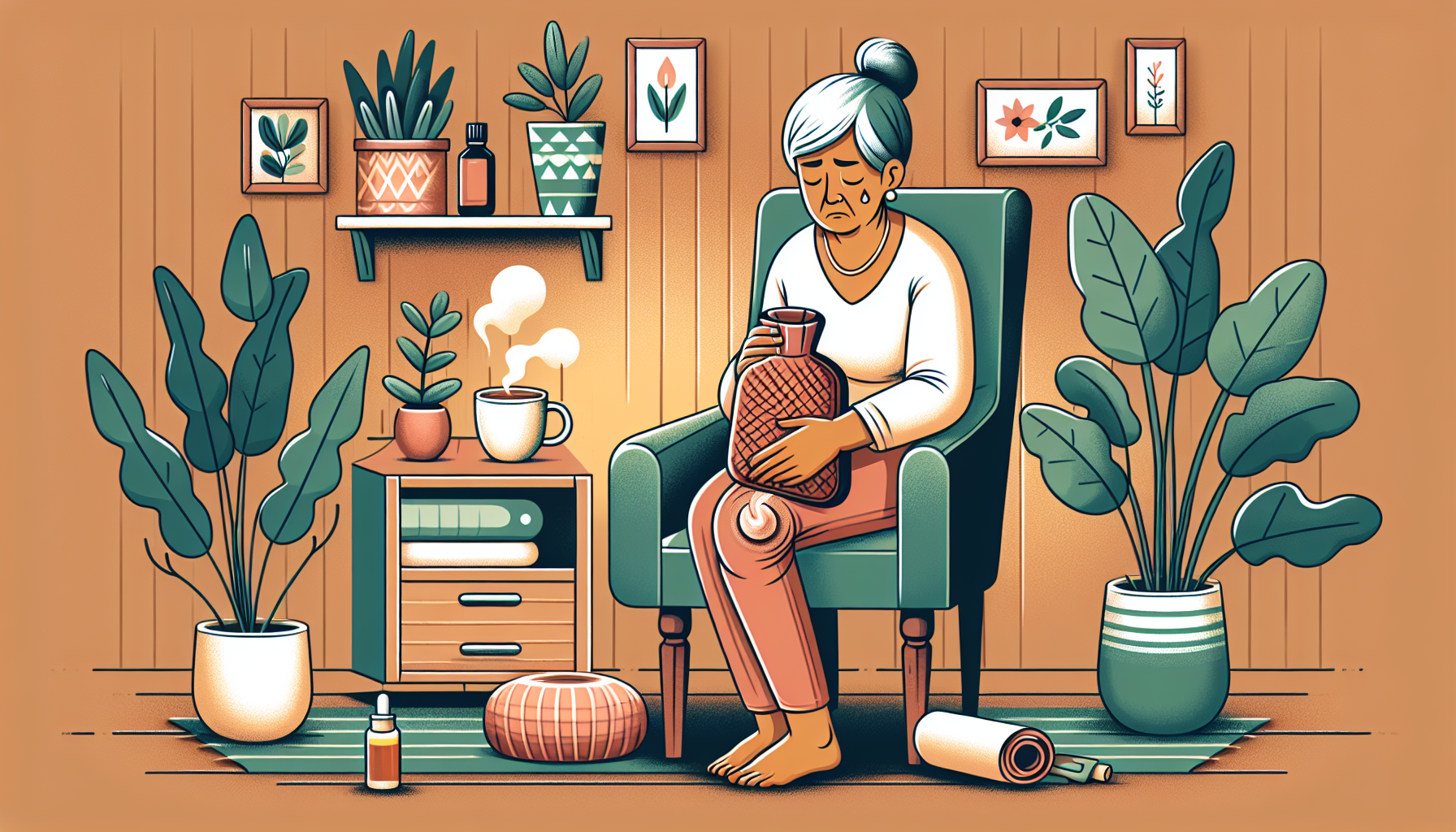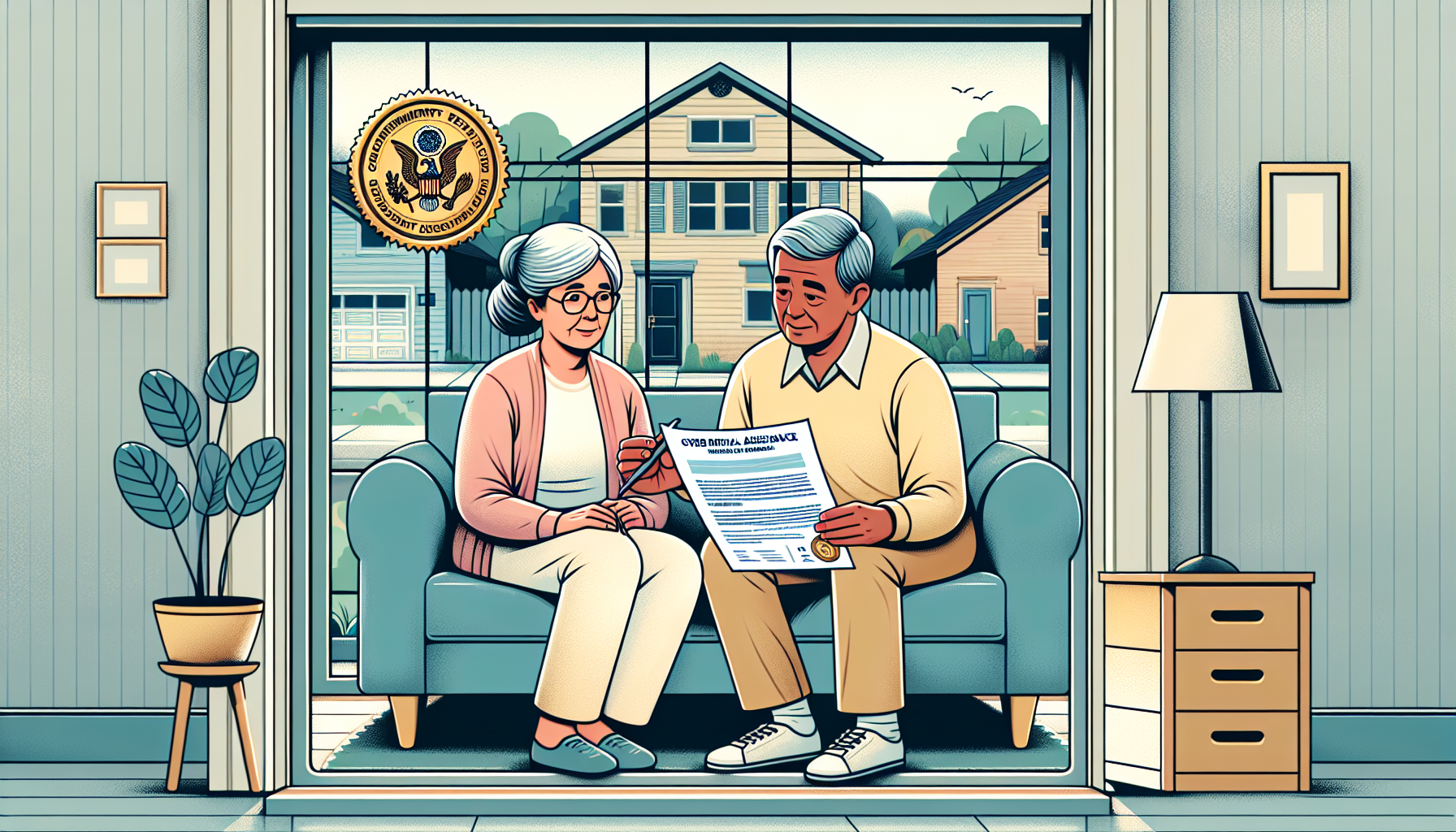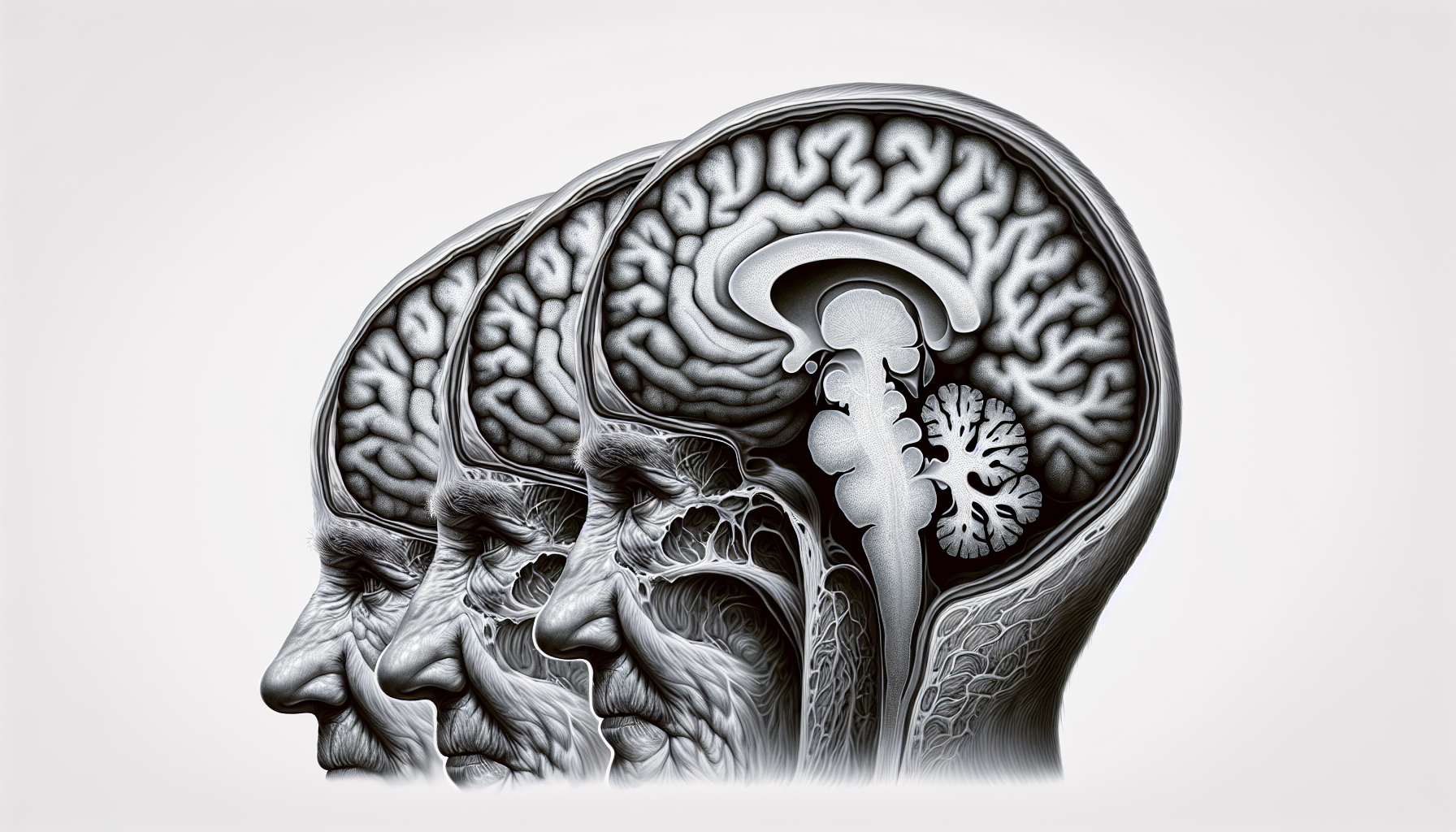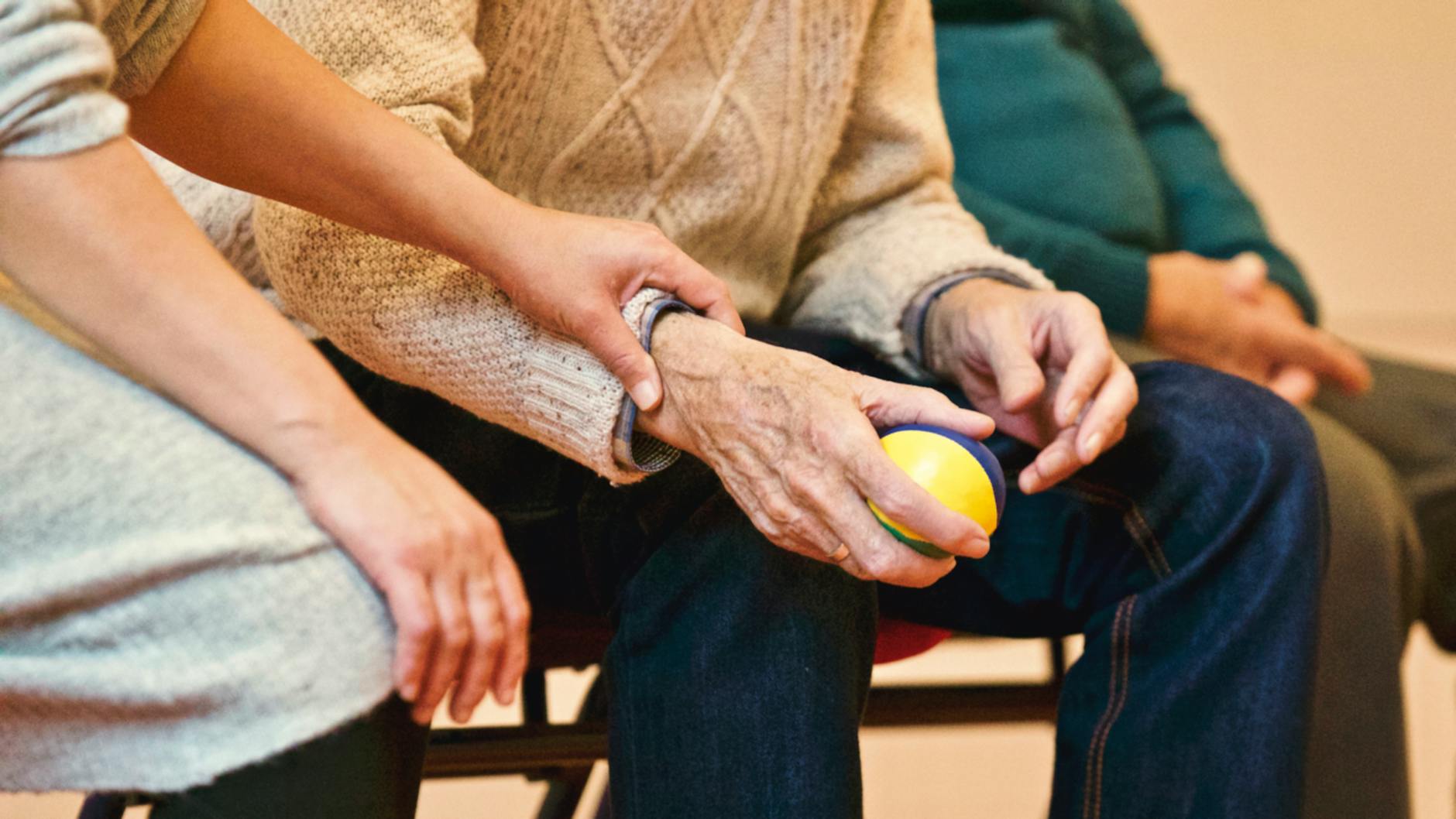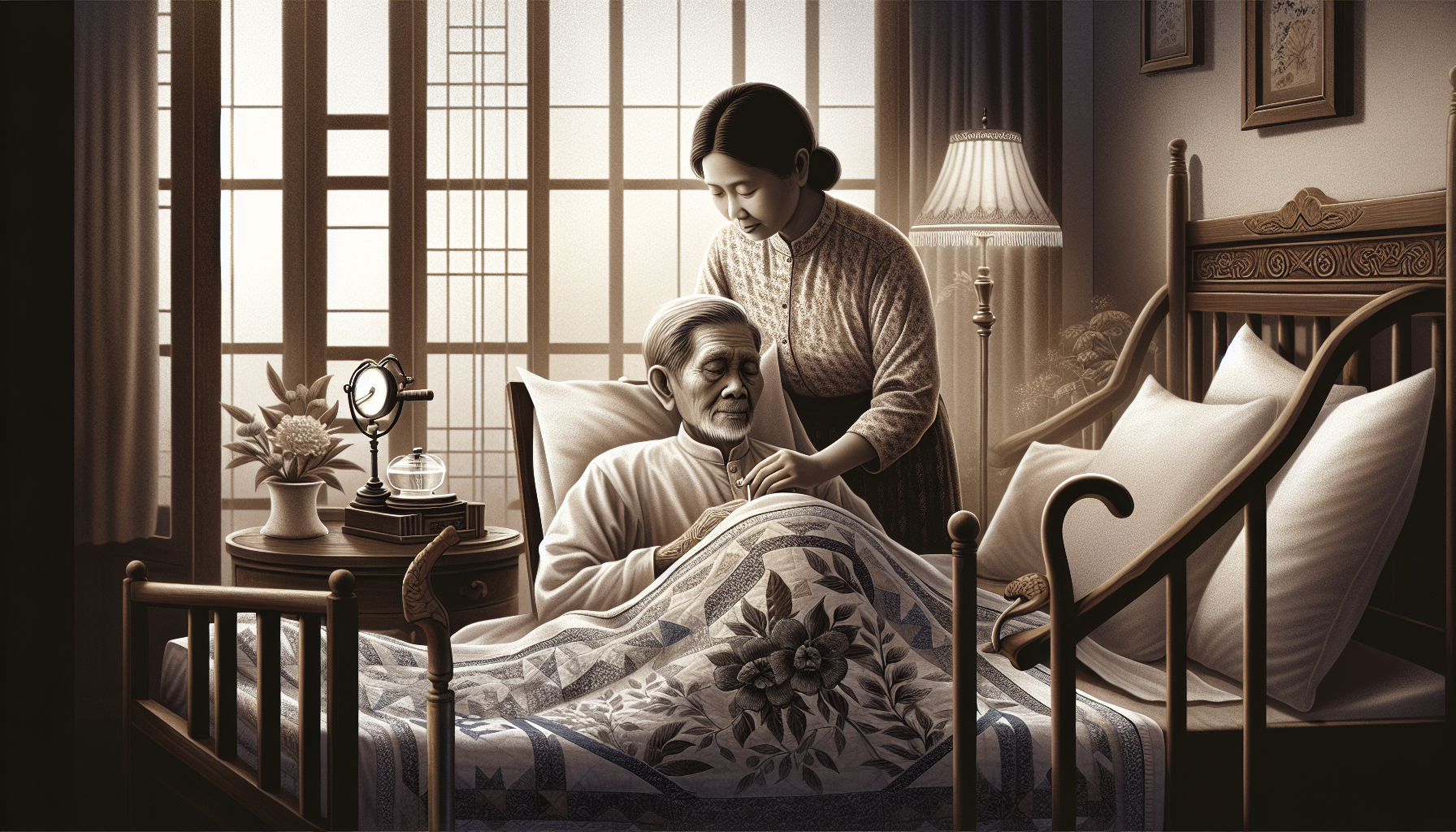When Did Home Care Start? History Of Home Care
Explore the historical origins of home care and how it began.
.jpg)
History Of Home Care
Home care, also known as in-home care or domiciliary care, plays a vital role in providing assistance and support to individuals who require help with daily activities in the comfort of their own homes. This section will delve into the importance of home care and the evolution of home care services over time.

The Importance of Home Care
Home care holds great significance in enabling individuals to maintain their independence and quality of life while receiving the necessary care and support they need. It allows individuals to remain in a familiar environment surrounded by loved ones, which can have positive effects on their overall well-being and emotional state.
For seniors or individuals with disabilities, home care services offer assistance with various activities of daily living (ADLs) such as bathing, dressing, meal preparation, medication management, and mobility support. Additionally, home care providers offer companionship and emotional support, which can greatly enhance the mental and emotional health of those receiving care.
Evolution of Home Care Services
The concept of home care has a rich history that dates back centuries. In ancient times, families and communities were primarily responsible for caring for their sick or elderly members. As societies evolved, specialized individuals, such as midwives and healers, emerged to provide care within the community.
Fast forward to modern times, the Industrial Revolution and advancements in medical knowledge led to the establishment of more formalized home care services. Figures like Florence Nightingale, known as the founder of modern nursing, played a crucial role in shaping the field of home care. Nightingale recognized the importance of providing care to patients in their own homes and emphasized the value of a healing environment.
Over the years, home care has continued to evolve, driven by societal changes, healthcare advancements, and the growing recognition of the benefits and cost-effectiveness of care delivered at home. Today, home care services encompass a wide range of specialized care, including skilled nursing care, physical therapy, occupational therapy, and palliative care, among others.
Understanding the importance and evolution of home care provides valuable insights into the significance of this field and how it has developed to meet the needs of individuals seeking care in the comfort and familiarity of their own homes.
Early Beginnings
To truly understand the history of home care, it's important to explore its early beginnings. Home care has deep ancient roots and has been an integral part of society for centuries. Let's take a closer look at the ancient origins of home care and some historical examples.
Ancient Roots of Home Care
The concept of caring for the sick and elderly in their own homes can be traced back to ancient civilizations. In ancient Greece, for example, households had a designated family member responsible for providing care to the sick. This early form of home care emphasized the importance of familial support and the comfort of familiar surroundings.
Similarly, in ancient Rome, it was customary for families to care for their sick and elderly relatives at home. These early practices recognized the benefits of providing care within the home environment, where individuals could receive personalized attention and support from their loved ones.
Historical Examples of Home Care
Throughout history, there have been numerous examples of home care being practiced in various cultures. In Medieval Europe, for instance, monastic orders played a significant role in providing care to the sick and elderly within their communities. Monks and nuns would attend to the physical and spiritual needs of individuals, practicing a form of home care that integrated compassion and faith.
In more recent history, during times of war, home care became essential as injured soldiers required care and rehabilitation in their own homes. This led to the emergence of community-based nursing services that provided medical care and support to wounded soldiers and their families in their own residences.
By exploring these historical examples, we can see that the roots of home care extend deep into human civilization. The values of compassion, personalized care, and the belief in the healing power of familiar surroundings have remained integral to the practice of home care throughout the ages.
Emergence of Modern Home Care
As we explore the remarkable history of home care, it's essential to understand the emergence of modern home care. This era marked significant advancements in the provision of care within the comfort of one's own home. Two key factors played a pivotal role during this period: the influence of Florence Nightingale and the development of home care organizations.
The Influence of Florence Nightingale
Florence Nightingale, a revered figure in the field of nursing, had a profound impact on the development of modern home care. Her tireless efforts during the Crimean War and her pioneering work in nursing laid the foundation for compassionate and patient-centered care.
Nightingale recognized the importance of caring for patients in their own homes, where they could receive individualized attention and care tailored to their specific needs. She emphasized the significance of a healing environment, cleanliness, and proper nutrition in achieving optimal health outcomes. Nightingale's principles and emphasis on holistic care greatly influenced the direction of home care, shaping it into what it is today.
Development of Home Care Organizations
The emergence of home care organizations further propelled the growth and standardization of modern home care. These organizations aimed to provide a wide range of services to individuals who required assistance or medical care in their own homes. They played a crucial role in coordinating and delivering quality care to patients, ensuring their well-being and comfort.
Home care organizations employ skilled and compassionate professionals, including nurses, therapists, and aides, who work collaboratively to meet the unique needs of each patient. These organizations have evolved over time, adapting to changing healthcare landscapes and advancements in medical technology.
Today, home care organizations offer a variety of services, including skilled nursing care, rehabilitation therapies, assistance with activities of daily living, and companionship. The goal is to enhance the quality of life for individuals who prefer to receive care in the familiar surroundings of their own homes.
Understanding the influence of Florence Nightingale and the establishment of home care organizations provides valuable insights into the growth and evolution of modern home care. These developments have paved the way for personalized, compassionate, and accessible care for individuals who require assistance or medical attention in the comfort of their own homes.
Milestones in Home Care History
The history of home care is marked by significant milestones that have shaped the way we provide care to individuals in the comfort of their own homes. Let's explore three key milestones that have played a crucial role in the development and evolution of home care: the rise of hospice care, the introduction of Medicare and Medicaid, and the shift towards personalized home care.
Rise of Hospice Care
Hospice care, which focuses on providing compassionate end-of-life care, emerged as a significant milestone in the history of home care. Hospice care emphasizes enhancing the quality of life for individuals facing a terminal illness and their families. It provides physical, emotional, and spiritual support to patients during their final stages of life.
Hospice care can be delivered in various settings, including the patient's home. This approach allows individuals to receive the care they need while remaining in a familiar environment surrounded by their loved ones. The rise of hospice care has brought attention to the importance of providing dignified and compassionate care to individuals in their final moments.
Introduction of Medicare and Medicaid
The introduction of Medicare and Medicaid in the United States marked a significant milestone in home care history. Medicare, a federal health insurance program primarily for individuals aged 65 and older, began covering home health services in 1966. This coverage allowed individuals to access skilled nursing care, therapy services, and other necessary medical care in their homes.
Medicaid, a joint federal and state program that provides health coverage to low-income individuals, also plays a crucial role in supporting home care services. Medicaid covers a range of home care services, including personal care assistance, home health aide services, and medical equipment necessary for individuals to receive care in their homes.
The inclusion of home care services in Medicare and Medicaid has helped expand access to care for individuals who prefer to receive assistance in the comfort of their homes.
Shift towards Personalized Home Care
In recent years, there has been a significant shift towards personalized home care, focusing on tailoring care plans to meet the unique needs and preferences of each individual. This shift recognizes that every person requires care that is specific to their circumstances, health conditions, and lifestyle.
Personalized home care encompasses a wide range of services, including assistance with activities of daily living, medication management, nursing care, and companionship. By taking into account the individual's preferences, goals, and cultural background, personalized home care aims to improve the overall well-being and quality of life of those receiving care.
With advancements in technology and a growing emphasis on individual-centered care, the future of home care is likely to continue evolving to meet the diverse needs of individuals who choose to receive care in their homes.
The milestones mentioned above have significantly influenced the course of home care history, paving the way for the provision of compassionate, accessible, and personalized care to individuals in the comfort of their own homes.
Contemporary Home Care
As we explore the history of home care, it's important to understand the current state of home care and the advancements in home care technology that have shaped the industry.
Current State of Home Care
In the present day, home care has become an essential component of the healthcare system. It provides personalized and compassionate care to individuals in the comfort of their own homes. The current state of home care is characterized by a growing demand for services that cater to the unique needs of patients and their families.
Home care services encompass a wide range of support, including assistance with daily activities, medication management, wound care, and companionship. Skilled healthcare professionals, such as nurses, therapists, and home health aides, play a vital role in delivering high-quality care to patients in their home environment.
With an aging population and the increasing preference for aging in place, home care has gained prominence as an alternative to institutional care settings. Home care enables individuals to maintain their independence while receiving the necessary support to manage their health conditions. It also offers a cost-effective solution compared to hospital or long-term care facility stays.
Advancements in Home Care Technology
Advancements in technology have revolutionized the field of home care, enhancing the quality of care and improving patient outcomes. These technological innovations have made it easier for caregivers to monitor patients, provide assistance, and streamline administrative tasks.
One notable advancement is the use of telehealth and telemedicine. These technologies allow healthcare professionals to remotely monitor patients, provide virtual consultations, and manage medical conditions without the need for in-person visits. This is particularly beneficial for patients who have limited mobility or live in remote areas.
Another significant advancement is the development of smart home devices and wearable technology. These devices can track vital signs, medication adherence, and activity levels, providing valuable data to healthcare providers. They also serve as a safety net by alerting caregivers in case of emergencies or abnormalities.
Furthermore, electronic health records (EHRs) and mobile health applications have simplified the documentation and communication processes in home care. Caregivers can access patient information, update care plans, and communicate with healthcare teams efficiently, ensuring seamless coordination and continuity of care.
The integration of these technological advancements in home care has improved patient satisfaction, reduced hospital readmissions, and increased the overall efficiency of care delivery.
As we move forward, it's important to embrace these advancements and continue to explore new technologies that can further enhance the quality and accessibility of home care services. By staying at the forefront of innovation, the home care industry can continue to meet the evolving needs of patients and provide compassionate care in the comfort of their own homes.
The Future of Home Care
As the field of home care continues to evolve, there are several exciting trends and innovations on the horizon that have the potential to shape the future of this vital industry. Additionally, efforts to promote quality and accessibility in home care are being prioritized to ensure that individuals receive the best possible care in the comfort of their own homes.
Trends and Innovations in Home Care
Advancements in technology are playing a significant role in shaping the future of home care. One of the most notable trends is the integration of telehealth and remote monitoring systems. These technologies allow healthcare providers to remotely monitor patients' vital signs, offer virtual consultations, and provide real-time support. This not only enhances patient safety and convenience but also reduces the need for frequent in-person visits, especially for routine check-ups and follow-ups.
Another emerging trend is the use of smart home devices and wearable technology. These devices can track various health parameters, such as heart rate, blood pressure, and activity levels. They provide valuable data that can help healthcare professionals assess patients' overall well-being and detect any potential health issues early on. Moreover, smart home devices can assist with medication reminders, fall detection, and emergency response systems, ensuring a safer and more independent living environment for individuals receiving home care.
Additionally, the personalization of care is becoming increasingly important. Recognizing that each individual has unique needs and preferences, home care providers are focusing on tailoring care plans to meet these specific requirements. This includes considering cultural and linguistic factors, incorporating personal interests and hobbies into care routines, and involving patients and their families in the decision-making process. By delivering personalized care, home care providers can enhance the overall experience and outcomes for their patients.
Promoting Quality and Accessibility
Ensuring quality and accessibility in home care services is a priority for the future. Efforts are being made to establish standardized guidelines and regulations that govern the provision of home care. This includes setting benchmarks for caregiver training, defining quality measures, and implementing accreditation processes. By establishing these standards, the industry aims to enhance the overall quality and consistency of care delivered in home settings.
Furthermore, there is a growing recognition of the importance of interdisciplinary collaboration in home care. This involves fostering partnerships between different healthcare professionals, including nurses, physicians, social workers, and therapists, to provide comprehensive and holistic care to individuals in their homes. Collaborative care teams can contribute their unique expertise and perspectives, ensuring that patients receive well-rounded and coordinated care.
Moreover, efforts are being made to improve the accessibility of home care services. This includes expanding coverage and reimbursement options, reducing barriers to entry for home care agencies, and advocating for policies that promote equitable access to care. By making home care more accessible to a wider range of individuals, it becomes possible to meet the diverse needs of patients who prefer to receive care in their own homes.
As the future of home care unfolds, these trends and initiatives will continue to shape the landscape of the industry. By embracing technological advancements, personalizing care, and prioritizing quality and accessibility, home care providers are poised to meet the evolving needs and expectations of individuals requiring care at home.









